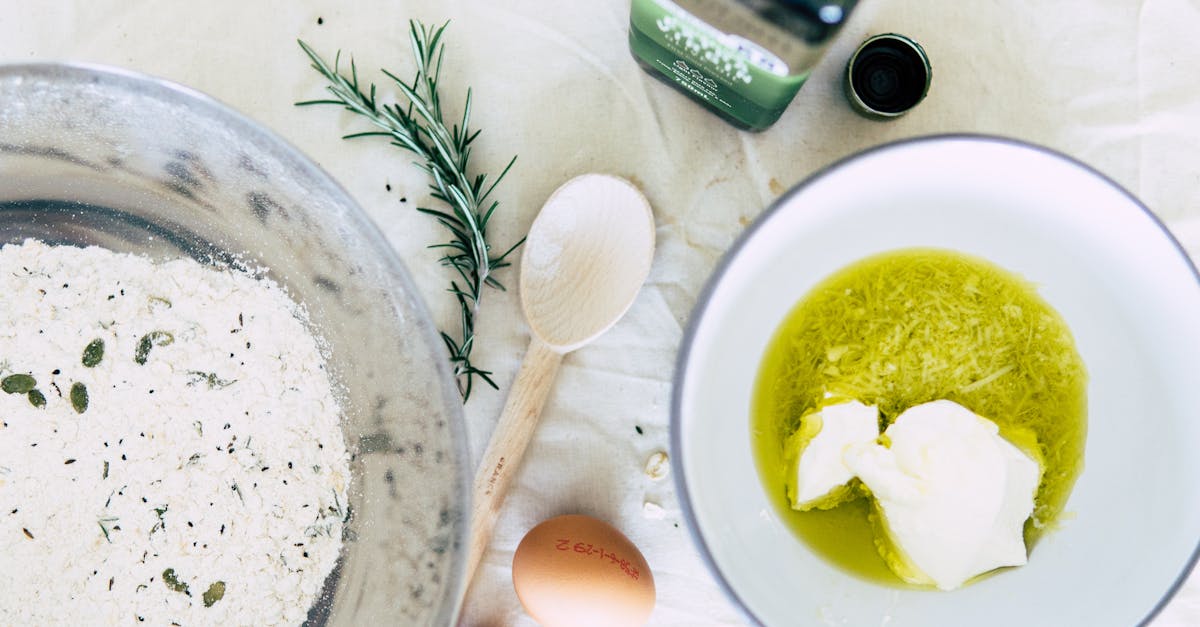We love discovering natural ways to keep our plants healthy and our families safe so we rely on neem oil and castile soap solutions. This simple insecticide harnesses the power of neem to repel pests while gentle castile soap helps spread it evenly on leaves.
We appreciate how it works wonders for various garden foes without filling the air with harsh chemicals. It’s a biodegradable approach that respects our environment and protects beneficial insects. We’ll walk you through the steps to create this homemade insecticide that fits perfectly into a greener lifestyle.
Tools And Equipment
We keep our workspace tidy and gather all items ahead of time. This method prevents unnecessary delays when we start mixing the neem oil and castile soap. Here is a quick reference table to guide us:
| Item | Function |
|---|---|
| Measuring Cup | Measures precise amounts of neem oil, castile soap and water |
| Spray Bottle | Allows us to apply the insecticide solution onto leaves and stems |
| Funnel | Prevents spills when we transfer our mixture into the spray bottle |
| Protective Gloves | Shields our hands from direct contact with the oils |
| Long-Handled Spoon | Helps us stir all ingredients until fully combined |
We systematically place each tool within reach. This ensures we stay focused on creating our eco-friendly insecticide.
Ingredients
We gather three essential items to create our insecticide solution:
- 1 quart of lukewarm water
We keep the water warm enough to help the soap dissolve and the neem oil blend
- 1 teaspoon of unscented castile soap
We rely on castile soap for its gentle strength and emulsifying action
- 1 tablespoon of cold-pressed neem oil
We choose cold-pressed neem oil for potent insecticidal benefits and to preserve beneficial compounds
| Ingredient | Measurement | Notes |
|---|---|---|
| Water | 1 quart | Lukewarm temperature helps with thorough mixing |
| Castile Soap | 1 teaspoon | Unscented versions work best to avoid unwanted fragrances |
| Neem Oil | 1 tablespoon | Cold-pressed ensures high azadirachtin levels |
Directions
Here is our step-by-step process for creating our neem oil and castile soap insecticide. We will keep each phase clear so our mixture remains potent.
Prep The Soap Base
- Measure 1 quart of lukewarm water into a clean container
- Add 1 teaspoon of unscented castile soap slowly
- Stir steadily to ensure the soap dissolves completely
Add Neem Oil
- Pour 1 tablespoon of cold-pressed neem oil into the soapy water
- Stir gently to preserve the insecticidal properties of the oil
- Avoid vigorous agitation to limit foaming
Combine And Shake
- Transfer the mixture to a clean spray bottle
- Attach the nozzle securely
- Shake firmly for a few seconds so the neem oil and soap emulsify effectively
Application Tips
We begin by giving the bottle one firm shake to mix our Neem Oil and Castile Soap solution. We avoid excessive foaming. We prefer to apply the insecticide in the early morning or late afternoon. This timing helps us protect leaves from potential sun damage.
- We test our spray on a small section of one leaf. We wait 24 hours. We check for discoloration or leaf curling.
- We direct the spray toward the undersides of leaves. We coat stems and any visible pests.
- We keep the nozzle close to the foliage. We use steady and even strokes for thorough coverage.
- We aim to reapply once each week if pests persist. We also spray after heavy rain to maintain protection.
Below is a quick reference for our recommended frequency and timing:
| Application Detail | Recommendation |
|---|---|
| Frequency | Once every 7 days |
| Time of Day | Early morning or evening |
We store leftover insecticide in a cool area. We shake the mixture lightly before each use. We monitor our plants for any pest-related changes. We adapt our spray schedule based on plant health.
Storage And Safety Precautions
We store leftover Neem Oil And Castile Soap Insecticide in a well-sealed container. We label the container with the date and keep it in a cool area away from direct sunlight. We shake the solution lightly before each use to help re-emulsify any separated oil.
We wear protective gloves when handling this insecticide. We avoid inhaling the spray by applying outdoors or in a well-ventilated space. We keep this solution away from children and pets. We wash our hands immediately if the solution makes contact with skin.
| Item | Action | Notes |
|---|---|---|
| Leftover Insecticide | Store in a sealed container | Label with date and keep in a cool, dark place |
| Protective Gloves | Wear during mixing and application | Replace if torn or contaminated |
| Ventilated Area | Apply outdoors or near open windows | Reduce inhalation risk by spraying away from your face |
| Keep Away from Children and Pets | Place out of reach and locked away | Keep clearly labeled to prevent accidental exposure |
Conclusion
We appreciate how this solution seamlessly fits into our eco-friendly practices while offering peace of mind. It’s an easy way to repel pests without harming beneficial insects or introducing harsh chemicals
With a few straightforward steps we can tailor the recipe to suit our needs. Choosing natural solutions means we’re not simply addressing current problems but also preserving our environment for the future

